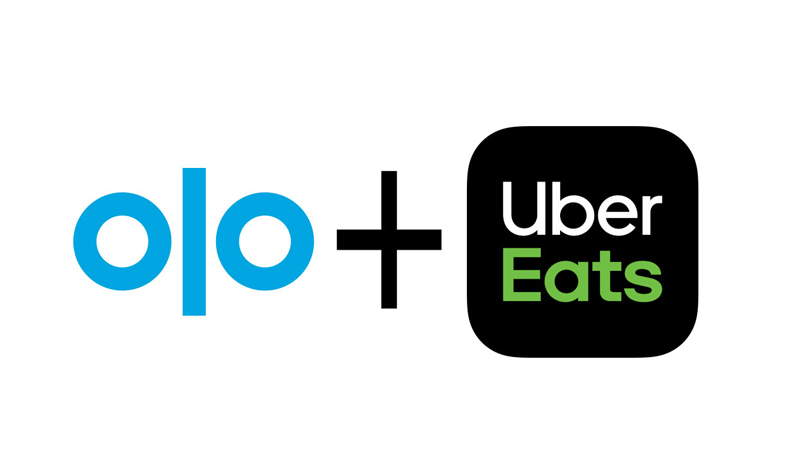Until now, Olo had a bit of an issue; its popular enterprise point of sale integration had a hole in its service. Uber Eats, one of the largest delivery networks in the U.S., was simply not integrated.
So while Olo customers could plug most services directly into their POS, they couldn’t really get away from the tablets if they were delivering with Uber Eats. In some markets, that was a big issue. So Olo Founder and CEO Noah Glass said it feels pretty good to deliver on the promise of Olo Dispatch and Rails, the brand’s service paring that allows restaurants to use their own delivery portal and kick out deliveries to the third-party marketplaces.
“It’s very in line with what we had in mind when we first announced the Rails product in September of 2017,” said Glass. “The goal was to get every meaningful marketplace that wants to interact with the restaurants that use Olo ordering the ability to connect via a common carrier.”
That, of course, helps get away from the tablet hell and deliver better service for the restaurant and while there is an API connection fee for the marketplace, they benefit from efficiency too.
“I think there is an ROI for the marketplaces even thought there is an API fee. They’re ability to go directly to the POS,” said Glass. “And the order acceptance rate is much higher. We’ve done some research on this. Stores that are using tablets versus POS solution, when using tablets, its 90 percent acceptance rate, but 10 percent is huge, that’s a couple hundred orders a month.”
And if you’re one of those unlucky consumers that order, get a confirmation and then hours later still have no food, that’s a really painful experience, said Glass. It’s a cost to make things right from the marketplaces, annoying for the restaurants and could have consumers writing off delivery altogether.
Connecting with Uber means more options for Olo customers but a critical single option for others because Uber is almost everywhere.
“Uber already has this standing army of drivers all around the country,” said Glass. “I think virtually all of our customers will have at least one delivery marketplace in Uber or a second option beyond what they have available.”
He said that’s great for restaurants that don’t want another tablet to tap into more captive audiences because third-party delivery customers are a loyal group.
Of course, it’s really great for Olo, too.
“It’s about the offering we can bring to a new restaurant and say this is a good reason to get on Olo,” said Glass. “That sort of gestalt effect of online ordering, delivery through marketplace is a really powerful thing.”
And one key thing that tends to get overlooked among the marketplace aggregators is the true power of the API connection. Not everyone is actually connected, instead scraping order emails or other data sources and pushing the information to the POS.
“The problem is the marketplaces don’t really like that, and sometimes you’ll see marketplaces reformat their emails so they can’t be scraped,” said Glass. “So having a full relationship with the marketplace and orders flowing into an API, that is really important.”
The Uber Eats functionality is rolling out now, and is already active in several markets.
Finally, the partnership means that just one of the major providers, Grubhub, hasn’t been integrated into the Olo system.




